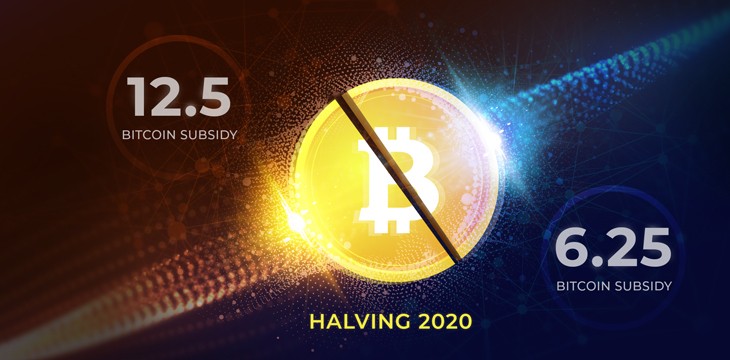Key Takeaways
- Earning passive income with crypto in 2025 is more diversified than ever — from staking to real-world asset tokens.
- DeFi, AI-powered platforms, and cross-chain yield aggregators are redefining long-term crypto income strategies.
- Sustainable returns depend on understanding risk, platform security, and evolving regulatory frameworks.
Top 10 Ways to Earn Passive Income with Crypto in 2025: Smart Strategies for Long-Term Gains
The crypto market of 2025 is not just about trading or speculation — it’s about building steady, long-term income through blockchain-powered financial systems. As the ecosystem matures, investors are turning to passive income strategies that generate yield without daily trading stress.
From staking to decentralized finance (DeFi), NFTs, and tokenized real-world assets, there are now multiple ways to earn recurring returns. But success requires a mix of technical understanding, platform due diligence, and smart portfolio diversification.
Here’s an in-depth look at the top 10 ways to earn passive income with crypto in 2025 — and how to approach them strategically.
1. Staking: The Foundation of Passive Crypto Income
Staking remains one of the most accessible and stable methods for earning passive income. By locking up tokens like Ethereum (ETH), Cardano (ADA), or Solana (SOL) to secure their respective networks, users earn staking rewards proportional to their holdings.
With the rise of liquid staking platforms such as Lido Finance and Rocket Pool, users can now earn staking rewards while maintaining liquidity through tokenized representations (like stETH).
In 2025, staking yields range from 3% to 10% annually, depending on the network and validator conditions.
2. Yield Farming and Liquidity Provision
Yield farming continues to evolve beyond its early “DeFi summer” hype. Platforms like Aave, Curve, and Uniswap let users supply liquidity to earn trading fees and token incentives.
However, in 2025, smarter AI-driven yield aggregators — such as Yearn v3 and Beefy Finance — automatically optimize returns across protocols, reducing manual effort. While returns can reach double digits, it’s vital to account for risks like impermanent loss and smart contract vulnerabilities.
3. Lending and Borrowing Platforms
DeFi lending platforms offer another low-maintenance income stream. Users deposit stablecoins or blue-chip assets into protocols like Aave, Compound, or Maple Finance, earning interest as borrowers access crypto loans.
In 2025, decentralized credit scoring systems have improved borrower reliability, leading to more predictable yields. Lending stablecoins such as USDC or DAI typically offers 3–8% APR, depending on market conditions.
4. Real-World Asset (RWA) Tokenization
One of the biggest innovations in 2025 is real-world asset (RWA) tokenization — converting tangible assets like real estate, commodities, or treasury bills into blockchain-based tokens.
Platforms such as Ondo Finance, Centrifuge, and Maple now allow investors to earn passive yield from tokenized bonds or invoices. This trend bridges traditional finance (TradFi) and DeFi, offering stable, yield-bearing opportunities backed by real-world collateral.
5. Earning with Stablecoins
For risk-averse investors, stablecoin yields remain a reliable source of passive income. By depositing assets like USDC, USDT, or DAI into lending protocols or centralized yield platforms, users can earn between 4–10% annually.
With regulatory clarity improving in 2025, major players such as Circle and PayPal USD are integrating directly with DeFi protocols, enabling safer, compliance-first yield generation.
6. Masternodes and Validator Nodes
Running a masternode or validator node allows technically skilled users to support blockchain infrastructure while earning rewards.
Networks like Dash, Avalanche, and Cosmos still offer strong incentives for validators who maintain uptime and network reliability. While setup costs can be high, returns often exceed 10% per year, making it a preferred option for long-term holders.
7. NFT Royalties and Rental Models
NFTs have evolved far beyond static digital art. In 2025, creators and investors are earning passive royalties through dynamic NFT models that share revenue from secondary sales, gaming assets, or metaverse properties.
Platforms like ReNFT and Double even allow users to rent NFTs, such as in-game assets or event passes, generating recurring income without selling their collectibles.
8. Crypto Savings Accounts
Centralized and hybrid platforms like Nexo, Binance Earn, and Coinbase Yield offer crypto savings accounts, where users deposit assets and earn variable interest.
Though these services involve custodial risk, many now operate under regulated frameworks, offering insurance-backed deposits and transparent audits. Yields in 2025 typically range between 3–8%, depending on asset type and duration.
9. DAO Revenue Sharing
As Decentralized Autonomous Organizations (DAOs) mature, they’re sharing profits from protocol operations, treasury investments, or ecosystem grants.
By holding governance tokens, investors can earn a share of DAO revenue or participate in decision-making. Examples include Balancer DAO and Lido DAO, both offering token-based reward distributions tied to platform performance.
10. Layer-2 and Cross-Chain Incentives
Layer-2 ecosystems like Arbitrum, Optimism, and zkSync continue to distribute airdrop-based and staking rewards to users providing liquidity or bridging assets across chains.
In 2025, cross-chain yield opportunities have expanded — with automated bridges and rollups allowing investors to earn passive income simultaneously across multiple networks.
This multi-chain flexibility is unlocking a new frontier for sustainable yield farming and ecosystem participation rewards.
The New Rules of Earning Passive Income with Crypto
By 2025, passive income strategies are not just about yield — they’re about risk-adjusted returns, compliance, and sustainability. Investors must weigh factors like regulatory status, platform audits, and smart contract risk before committing capital.
Platforms integrating insurance protocols, AI-driven risk scoring, and self-custody options are becoming the preferred choice for informed investors.
Diversification is key: combining staking, DeFi, and RWA tokenization can balance high-yield opportunities with lower-risk, stable income streams.
Conclusion: A Smarter Path to Financial Freedom
In 2025, crypto offers more ways than ever to earn passive income — not just through speculation but through meaningful participation in decentralized ecosystems. Whether staking Ethereum, lending stablecoins, or earning NFT royalties, opportunities abound for those who stay informed and strategic.
As the line between traditional and decentralized finance continues to blur, the next generation of investors will earn not just from trading — but from building, supporting, and sustaining the blockchain economy itself.




